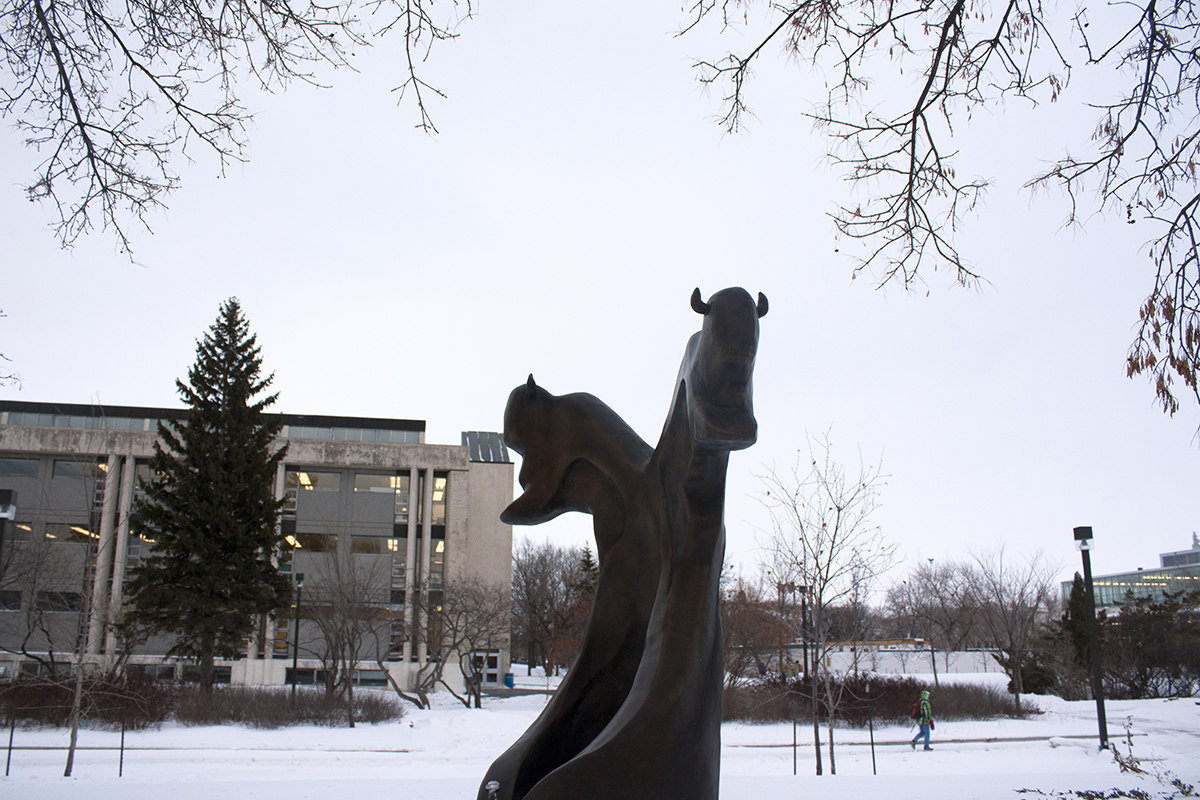Excellence in indigenous education became a priority for all post-secondary institutions and public school boards in Manitoba as they came together to sign the Manitoba Collaborative Indigenous Education Blueprint in December.
The Blueprint is a partnership signed by six universities, three colleges, and the Manitoba School Boards Association on Dec. 18 at a ceremony at the University of Manitoba, committing them to several broad goals regarding indigenous achievement.
Among the goals outlined in the document is that all signatories will increase access to programs and services for indigenous students and that they will integrate indigenous knowledge and intellectual traditions into their curricula. The signatories also agreed to better keep track of the success rates of indigenous students.
In his welcome address at the ceremony of the Blueprint signing, David Barnard, president and vice-chancellor of the University of Manitoba, described the partnership as an opportunity for all Manitobans.
“Collaboration and knowledge sharing among education institutions in Manitoba are critical to our province’s future,” he said. “And working together we can make significant contributions to the cultural, social, and economic well-being of Manitobans. In particular, we can make significant strides in advancing indigenous education and reconciliation.”
“These partnerships will create opportunities that translate into success for indigenous students and families and enhance the lives of all Manitobans.”
In his own remarks, James Allum, Manitoba’s minister of education and advanced learning, said the collaboration is doing the right thing the right way.
“It is important to me because it sees our educational partners coming together in the spirit of voluntary cooperation and collaboration in order not only to enhance the process of reconciliation but quite frankly to do the right thing and that is what is happening here today,” he said.
“We are doing the right thing the right way. It is an extraordinary honour for me as the minister of education to be part of this process of reconciliation, of reclamation, of reconstitution, and finally to be part of a process of renaissance of first peoples and the people who truly made this land ours to share for all of us.”
UMSU Aboriginal students’ representative Waabishkigaabo (Will Landon) told the Manitoban he is optimistic about the future of the collaboration and hopes it will enhance healthy relationships between indigenous and non-indigenous students.
“I am not from Manitoba nor am I an expert in the field of indigenous education,” he said.
“I can only say that I hope this Blueprint will create a future where indigenous students are able to feel welcomed and respected as a distinct people with a distinct way of thinking. I hope that the non-indigenous students coming into post-secondary from the primary level will have a better understanding of First Nations people and we will have a positive and healthy relationship.”


